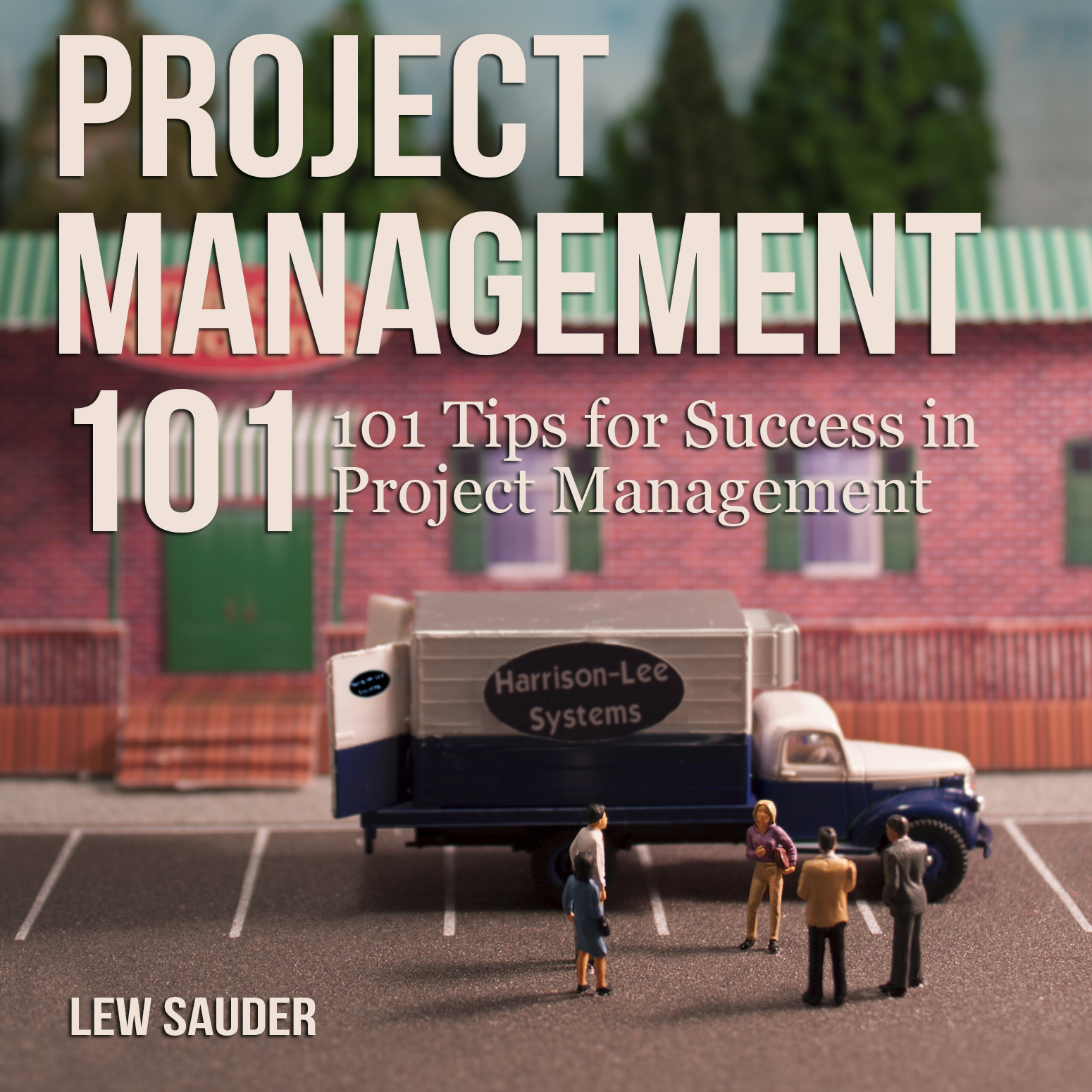I recently went on a family vacation to Vermont. Even while I was admiring the beautiful green mountains of that state, I couldn’t help but get distracted thinking about project risk.
We were visiting some family who took us on a drive to Stowe, VT. It was a beautiful drive through the mountains with dense trees and mountain scenes. There was a narrow pass named Smugglers Notch, in which the road narrowed and curved sharply. The lane was wide enough for two cars to meet, and still pass. But it required them both to slow down enough to avoid hitting each other or the side of the mountain.
When we entered the mountainous area, I noticed a sign that read “Road ahead unsafe for trailers, trucks and buses.” I didn’t think too much about it until we got a few miles in and an oncoming car flagged us down.
The woman in the other car said that a FedEx Truck was “stuck in the notch”. Nobody could get through in either direction. We drove up to take a look at it. Sure enough, a FedEx tractor trailer had attempted to turn the sharp corner between the two sections of mountain and was stuck. One of his back wheels was off the pavement.
We were only ten minutes away from our destination in Stowe, but had to take the long way around. The alternate route took forty minutes. But that was nothing like the setback of the driver of the truck. He was certainly delayed by several hours.
Identifying Project risk
I got to thinking about the risk he took. He was willing to risk several hours of delay in order to save thirty minutes. He also risked some bad PR for his company with the drivers who were delayed by this incident.
Related post: Running Things as Projects
When project managers perform project risk analysis, they brainstorm about all of the possible things that could go wrong. Certainly you don’t think of all possibilities, but you can get a pretty long list.
Once a list is developed, you work with the team to calculate the likelihood of each project risk. This can be a crap shoot at best. Nobody knows the real chance of something happening. But you can try your best to estimate it. The truck driver should have determined that the risk was relatively high if he saw the same sign I did.
For more information, check out Project Management Planning Considerations.
Assessing project risk
The next step is to determine the ramifications of the risk happening. Perhaps the warning sign didn’t provide enough detail about what could happen. But the driver should have at least considered the consequence of getting stuck.
The final step is to develop project risk mitigation strategies. You can have a strategy to mitigate the risk in some way or accept the risk if you think the chance of occurring or the ramification is low.
The truck driver obviously chose to accept the risk. He underestimated the likelihood or the outcome or both. It ended up costing him a lot of time that day and he made some people unhappy. It may have even had consequences for his job.
A good project manager knows that she can’t avoid all project risk. That is not the objective of risk analysis. The objectives are to:
- Make the team aware of possible risks
- Identify ways to reduce or mitigate project risks
- Have plans in place to address the risk when it actually becomes an issue
When have you ever wished you had spent more time considering project risk?
If you would like to learn more about a career in Project Management, get Lew’s book Project Management 101: 101 Tips for Success in Project Management on Amazon.
Please feel free to provide feedback in the comments section below.







Most likely the truck driver didn’t accept, or even assess, the risk. Probably his GPS routed him over VT 108 and he missed the signs. Happens at least once a year.